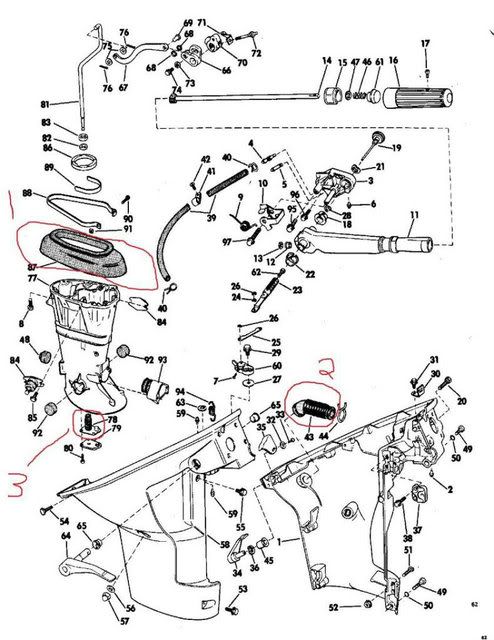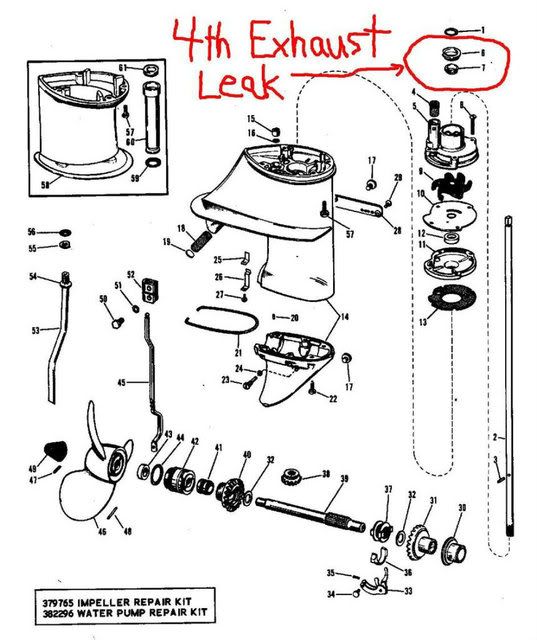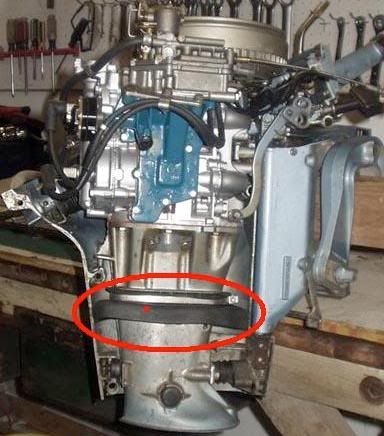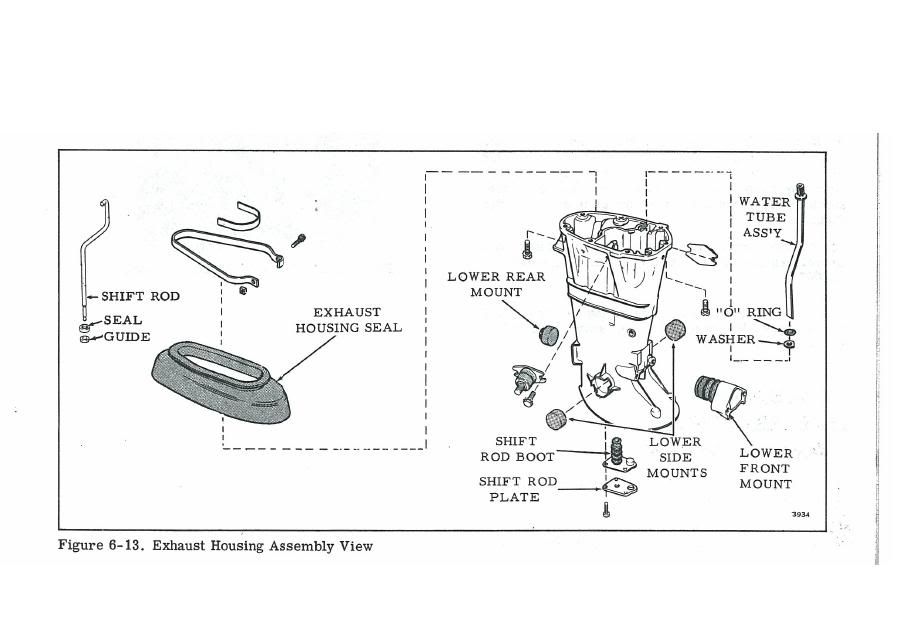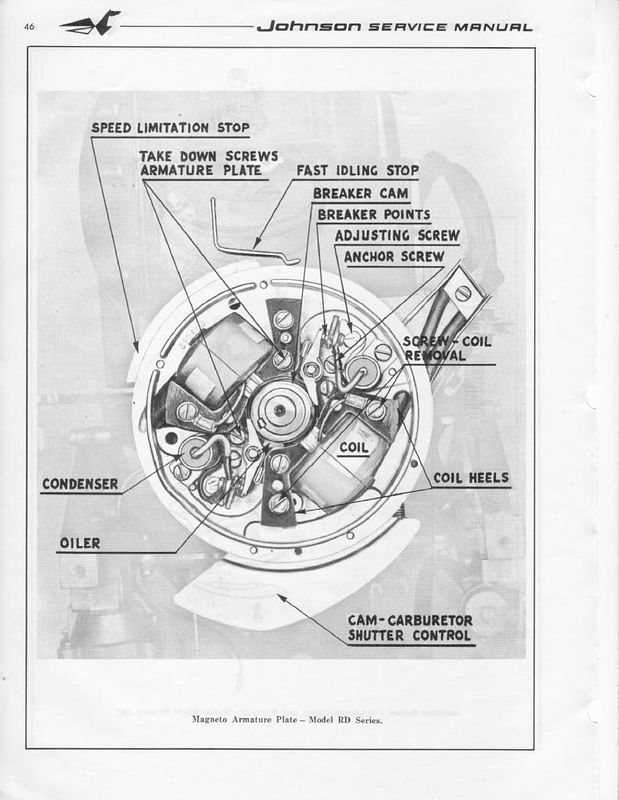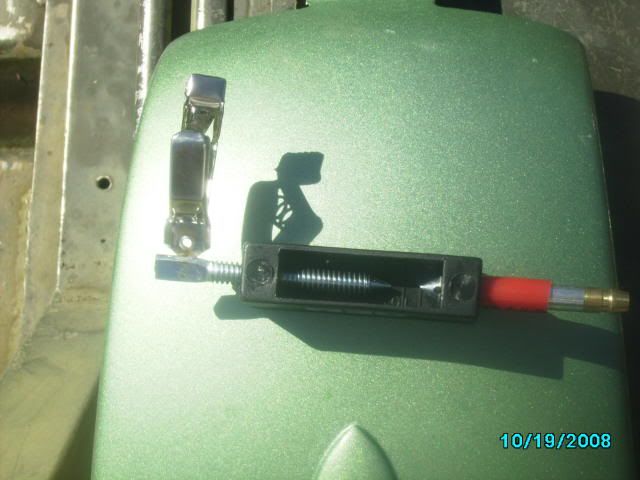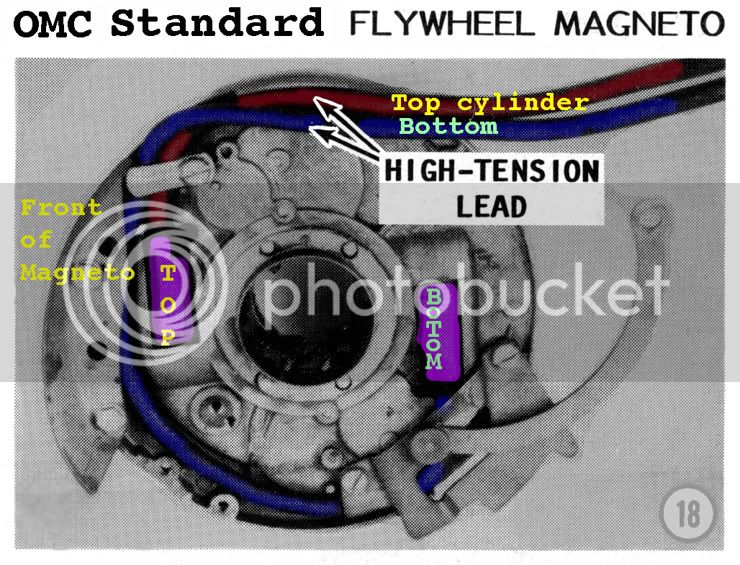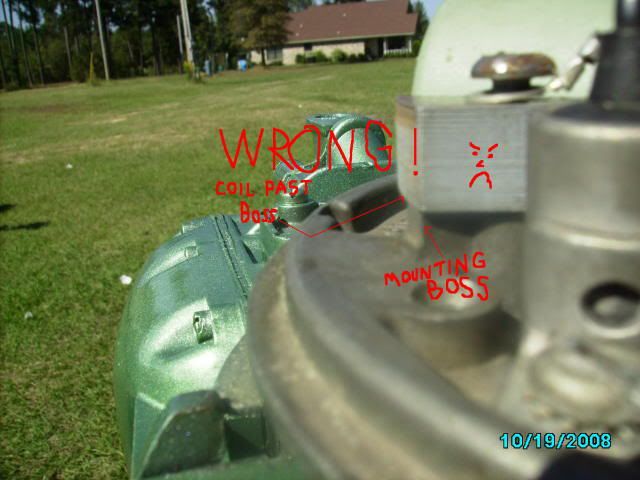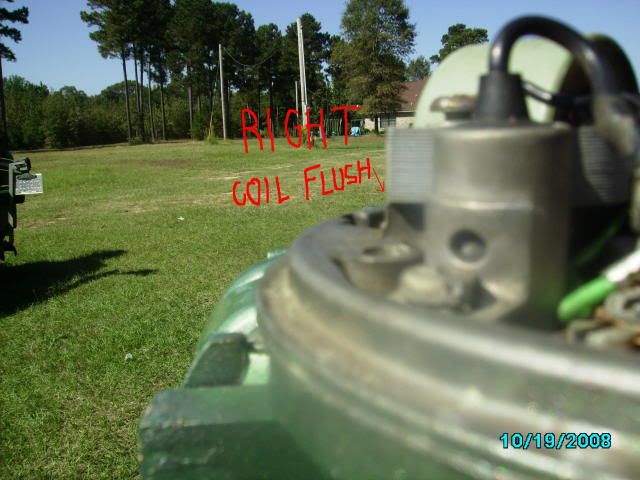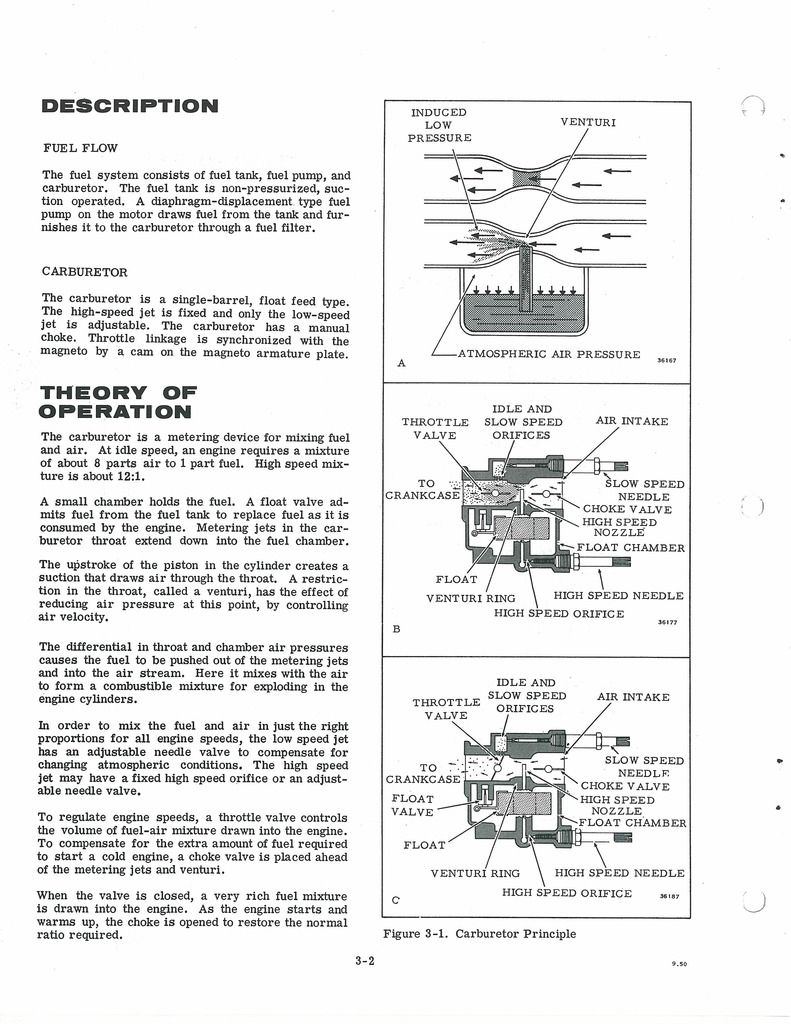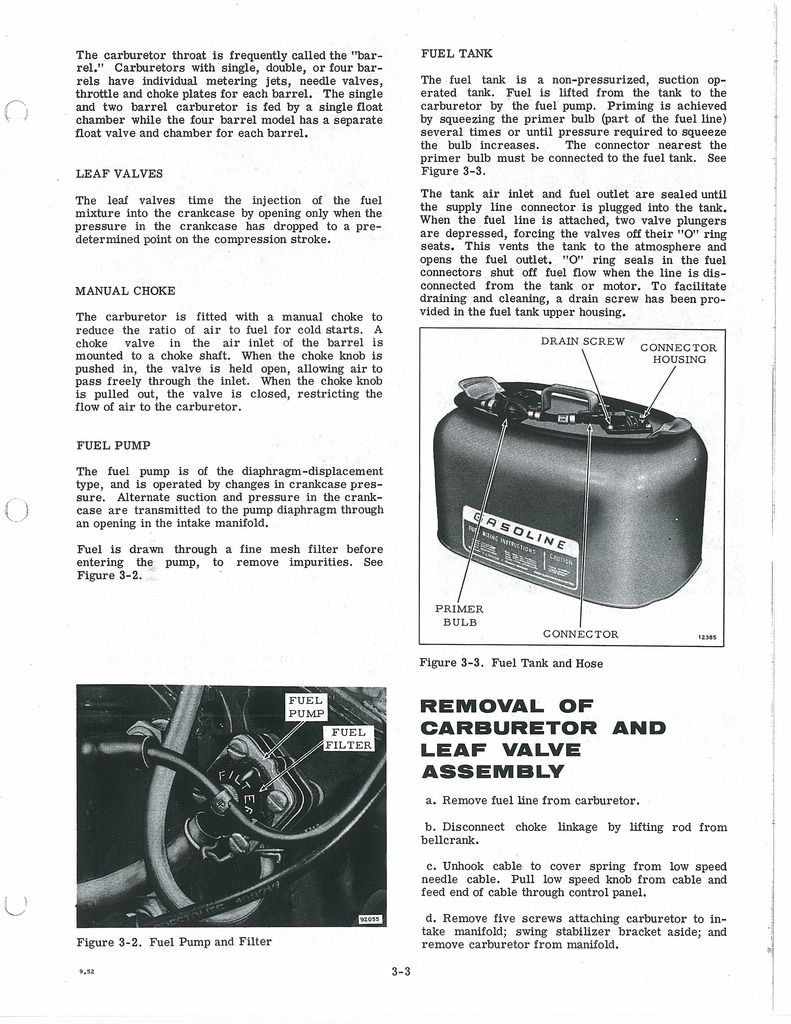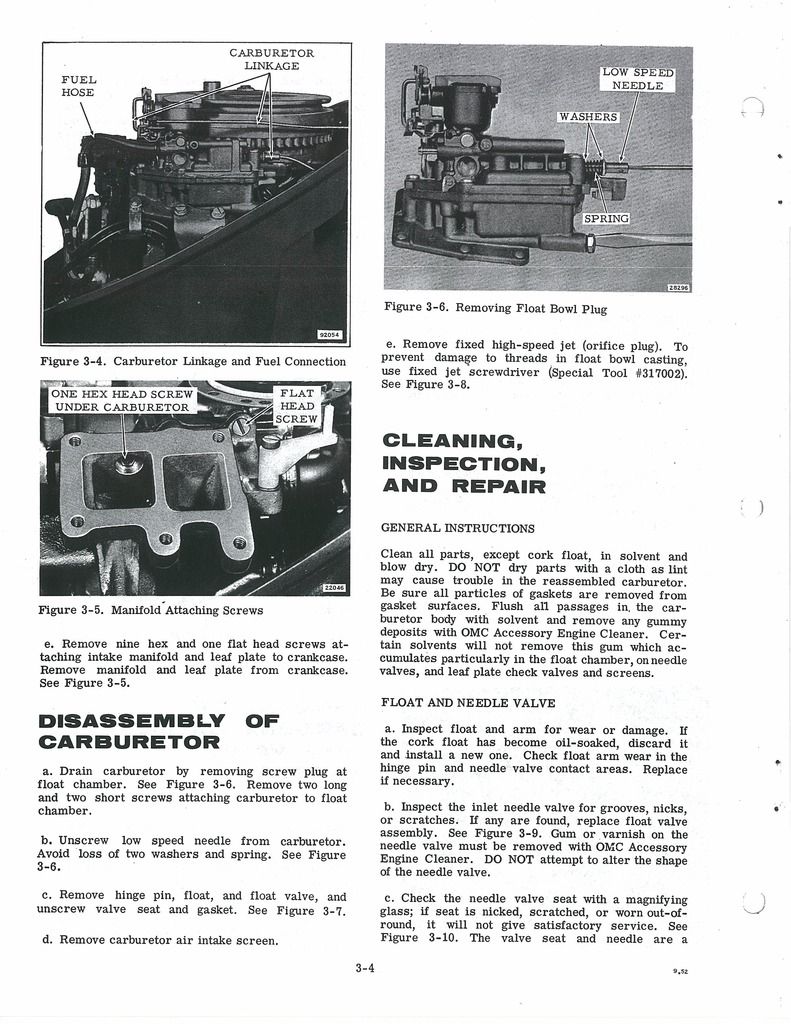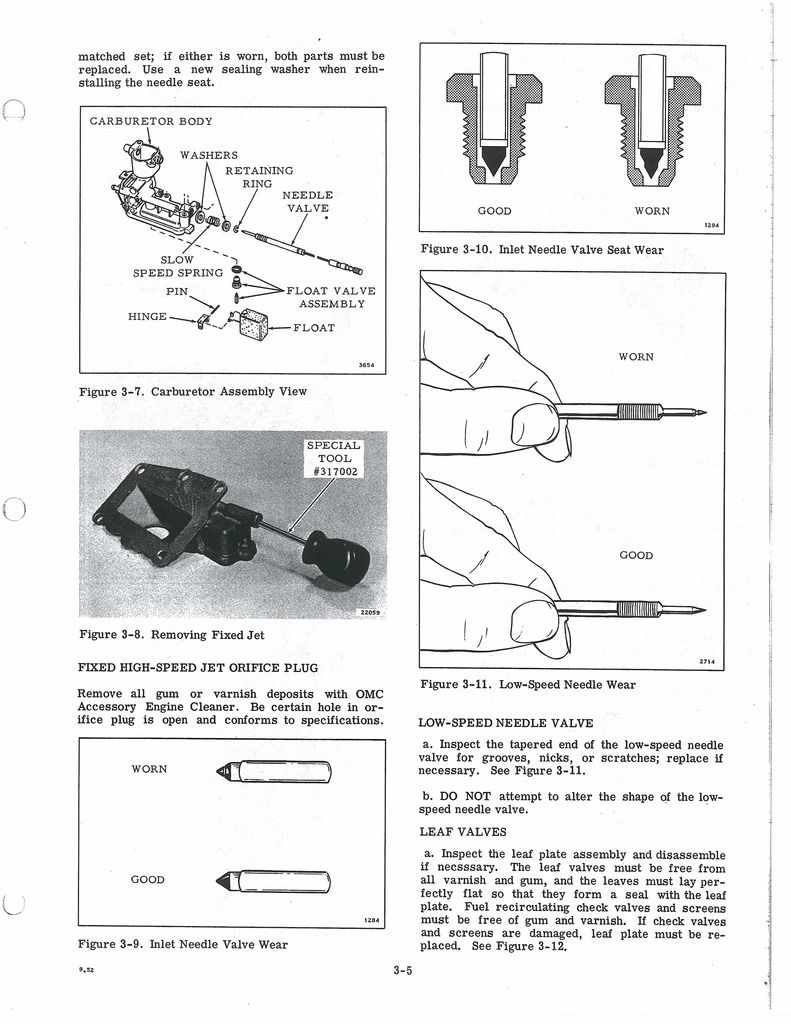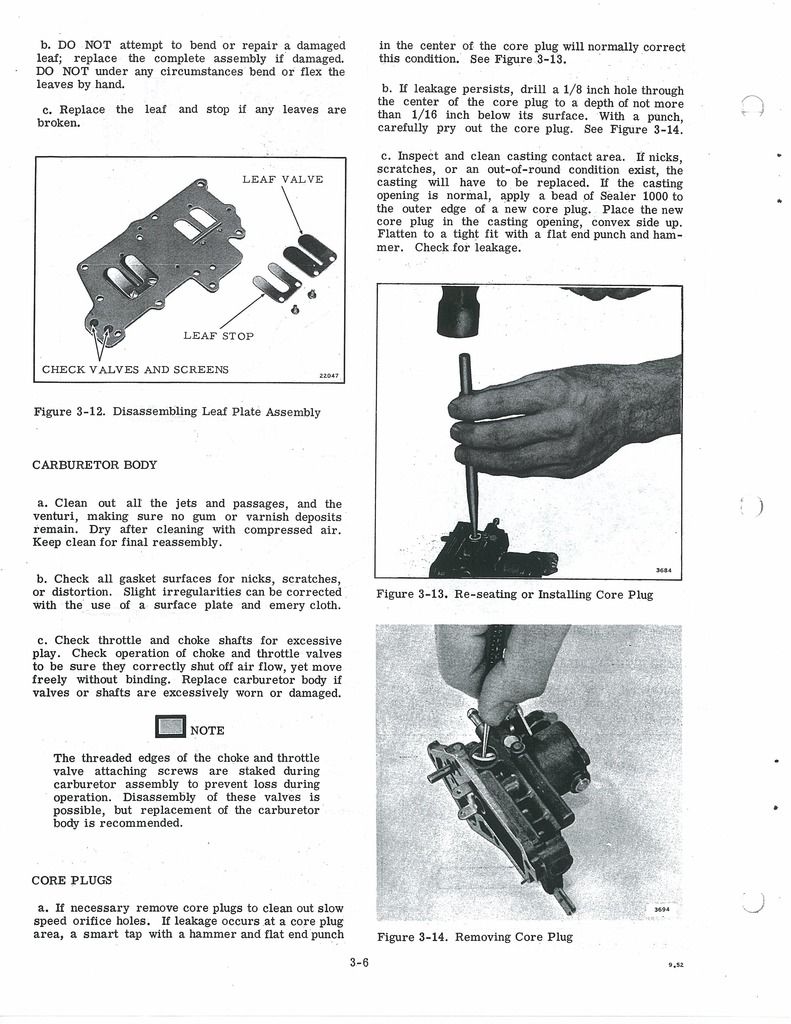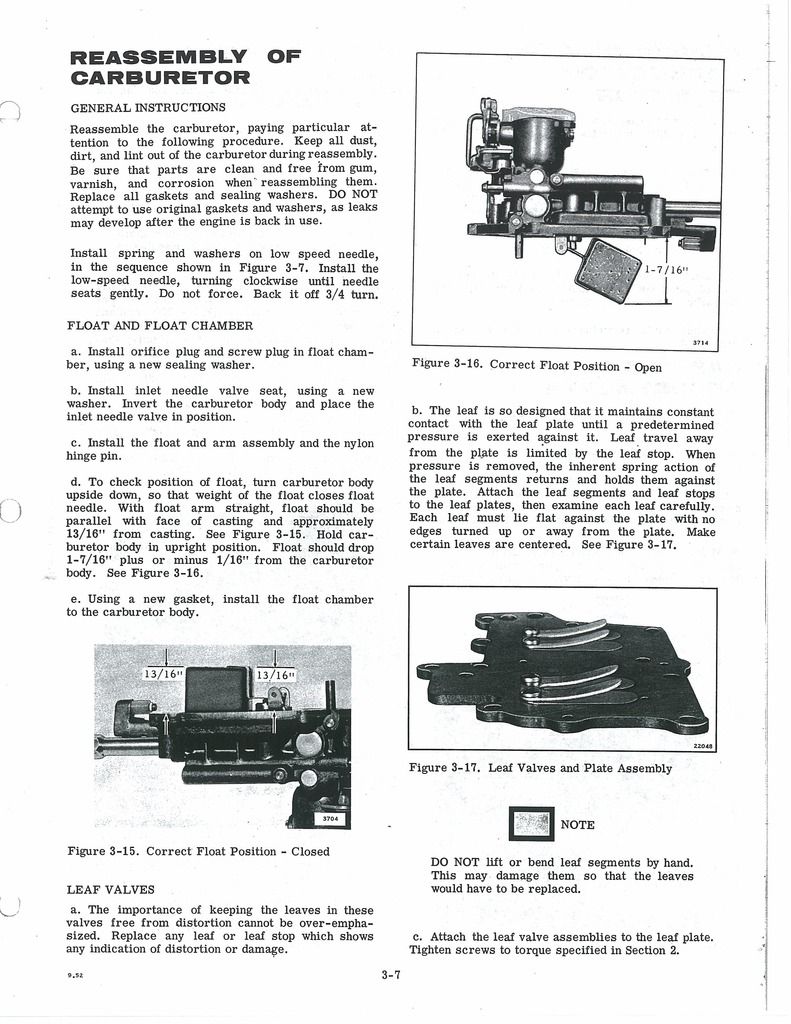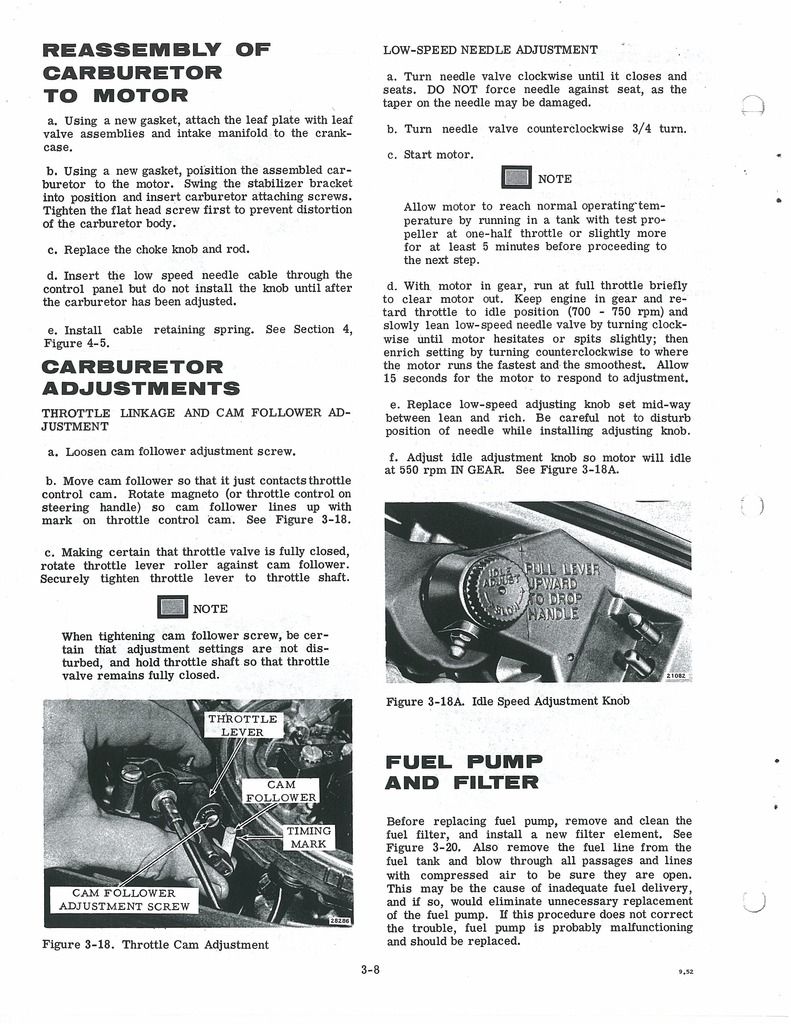oakback
Member
I removed the foot and the water pipe came with it, and I've failed at trying to stab it back into where it belongs. So I'm attempting to split the lower case, remove the power head, remove the exhaust manifold, and put the pipe back where it belongs.
I've got the lower case nearly apart, but there are 3 bolts at the top/center/front/inside that are really hard to reach. I managed to get a socket on one and remove it, but the other 2 are impossible to get a socket or wrench on. Any tips are appreciated.
Also if there are any "while I'm here might as well..." things I should do, let me know.
I've got the lower case nearly apart, but there are 3 bolts at the top/center/front/inside that are really hard to reach. I managed to get a socket on one and remove it, but the other 2 are impossible to get a socket or wrench on. Any tips are appreciated.
Also if there are any "while I'm here might as well..." things I should do, let me know.





